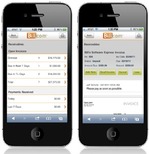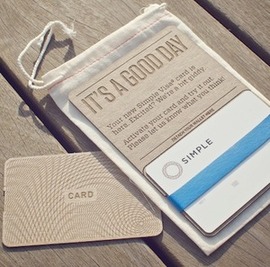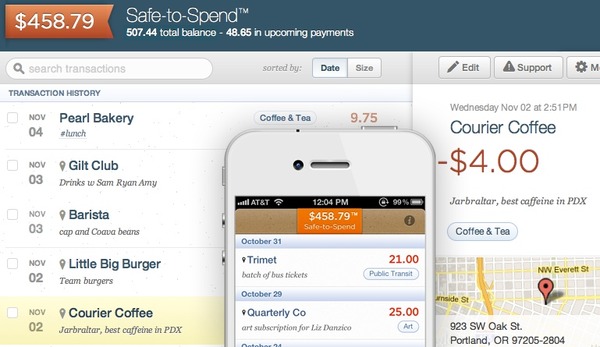 Boosting mobile engagement has a promising ROI. Among other benefits, the potential $6+ saved per displaced call center inquiry can have a meaningful impact on the bottom line (note 1).
Boosting mobile engagement has a promising ROI. Among other benefits, the potential $6+ saved per displaced call center inquiry can have a meaningful impact on the bottom line (note 1).
And while volumes are growing, Capital One says mobile usage is up 5-fold compared to last year, it’s still a lightly used channel compared to phone (voice) and online.
Yet, for a card issuer, mobile is THE most important channel for the NFC/Square/GoogleWallet future.
So it makes a ton of sense to pull out the stops now to get customers using the bank’s mobile app. Capital One in particular, as one of the last majors to get into the app store, likely has an awareness problem with mobile cardholders. Even if the CapOne native app was downloaded, it’s buried so deep on the iPhone’s screens, that users forget about it. In my case, it’s on screen number eight and I rarely see it even though I use my card almost every day.
To attract more mobile uptake, the card giant launched a usage sweeps today. Between now and Jan 6, each cardholder will get one sweepstakes entry every day they log in to the mobile app or mobile web (SMS activity does not appear to count). One person will win a 16GB Wifi iPad2 each day. And a grand prize of a Chevy Volt will be awarded at the end (full rules). The total prize package is $80,000, less than the cost of one 30-second spot on an about-to-be-cancelled sitcom.
The sweeps is being promoted with a small homepage link and a prominent mention on the main mobile banking page (see second screenshot below).
——————————————
Capital One mobile sweeps landing page (link, 9 Nov 2011)
Note: The call to action, text “power” to 80101, was not working in my test.
Update 10 Nov: Fixed

Main mobile banking page (link)

Notes:
1. Of course, you also have to put in place a mobile channel strategy that actually does displace call-center inquiries. That’s easier said than done. Also, financial institutions paying mobile vendors for each active user, may not want to boost mobile usage in this way.
2. Despite the name of our subscription newsletter, Online Banking Report, we cover mobile issues almost every month.
![]()
 Lendio was featured in CNNMoney this morning, where it was referred to as a, “small biz loan matchmaker.”
Lendio was featured in CNNMoney this morning, where it was referred to as a, “small biz loan matchmaker.” 












